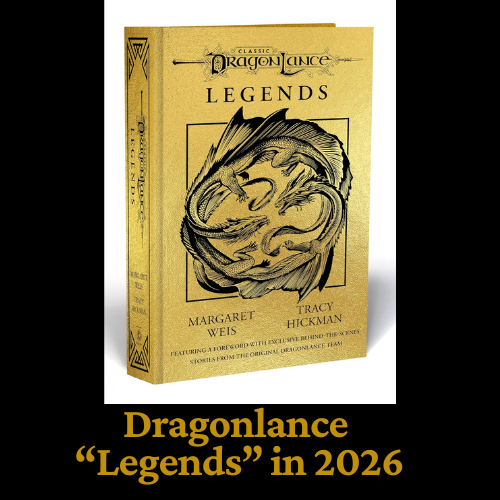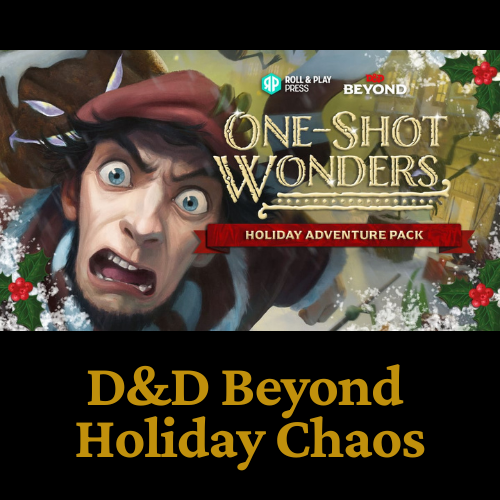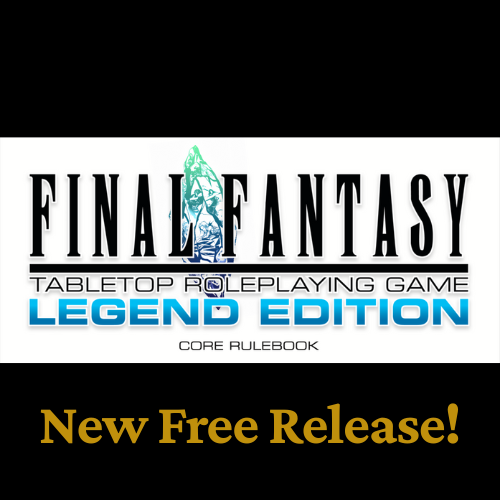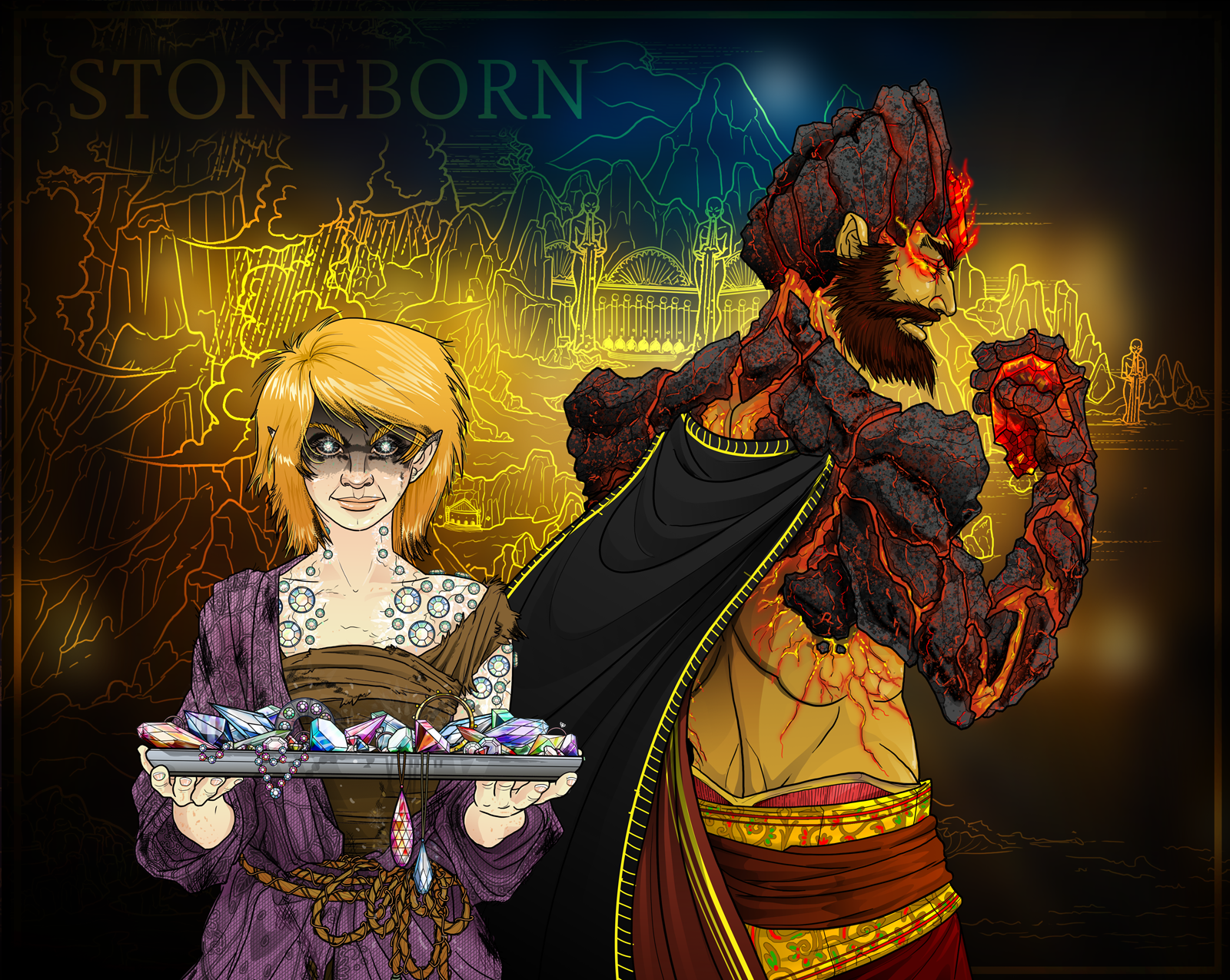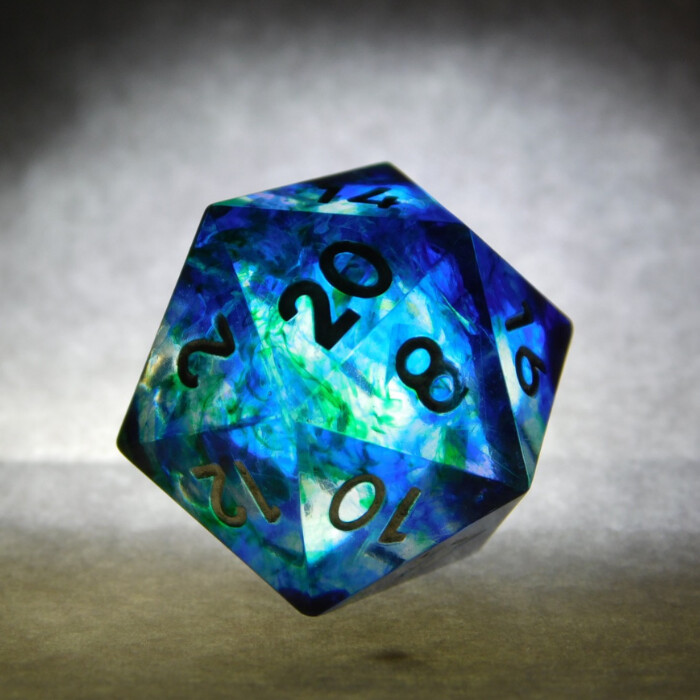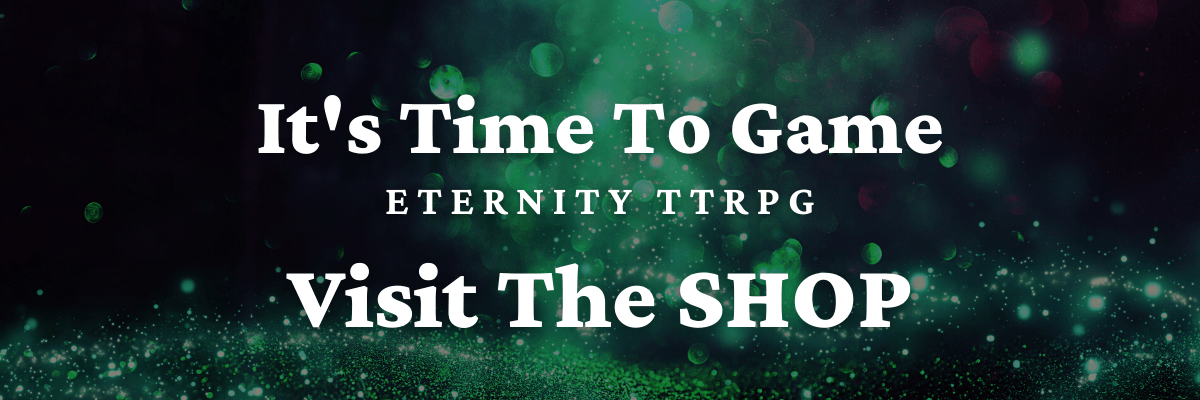Cause Fear 5e
Cause Fear 5e, Fear 5e, and the Frightened condition can be one of the most useful series of spells/ effects you can cast in D&D 5th edition. Fear can debilitate enemies, cause them to run from you, and generally destroy an enemy's combat strategy.
As if that weren't enough though, with the right dungeon master, Fear can provide you advantages in all kinds of situations. If you’re looking for practical tips and tricks to maximize the use of this spell and beat every enemy you face, this guide is for you! Also, be sure to check out my guide on Silence 5e for strategies on maximizing your game.
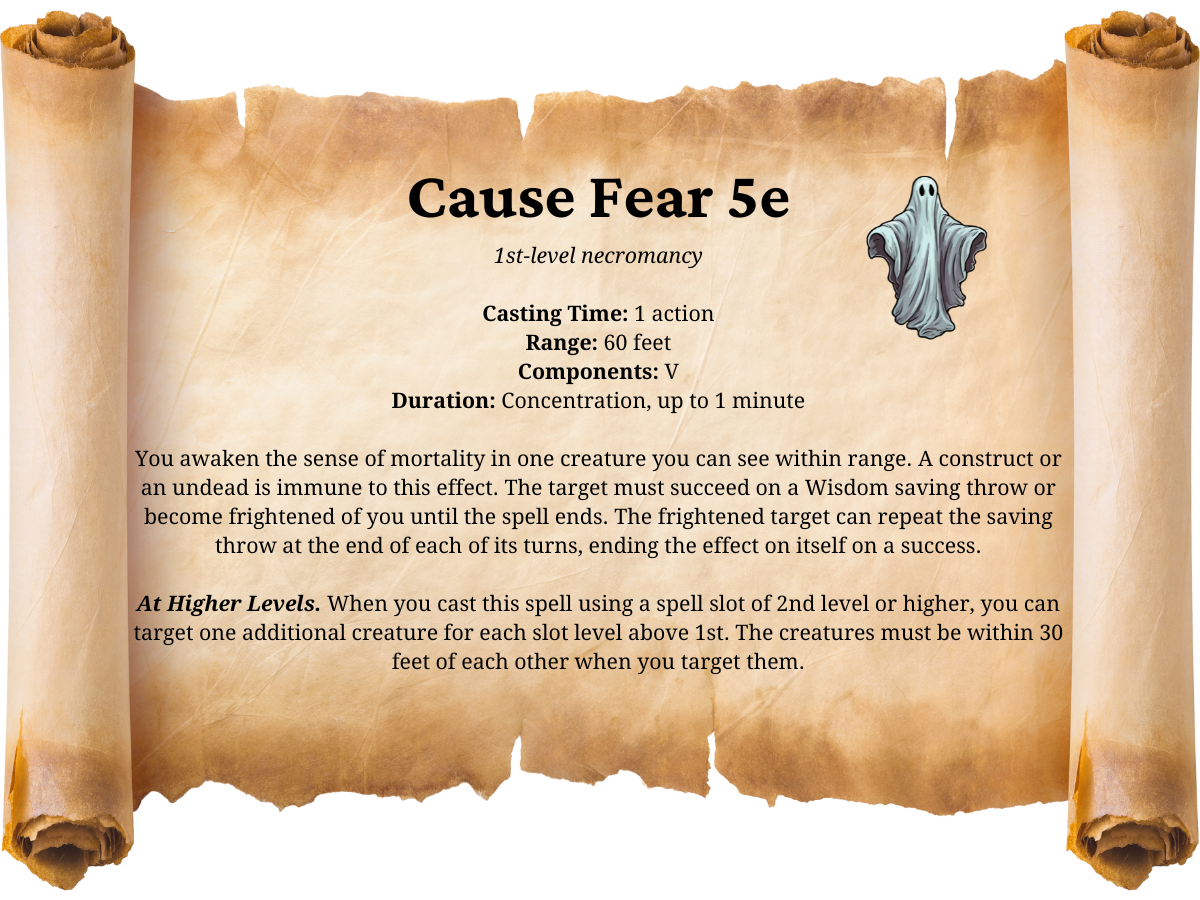
Cause Fear 5e Spell Effect
1st-level necromancy
Casting Time: 1 action
Range: 60 feet
Components: V
Duration: Concentration, up to 1 minute
You awaken the sense of mortality in one creature you can see within range. A construct or an undead is immune to this effect. The target must succeed on a Wisdom saving throw or become frightened of you until the spell ends. The frightened target can repeat the saving throw at the end of each of its turns, ending the effect on itself on a success.
At Higher Levels. When you cast this spell using a spell slot of 2nd level or higher, you can target one additional creature for each slot level about 1st. The creatures must be within 30 feet of each other when you target them.
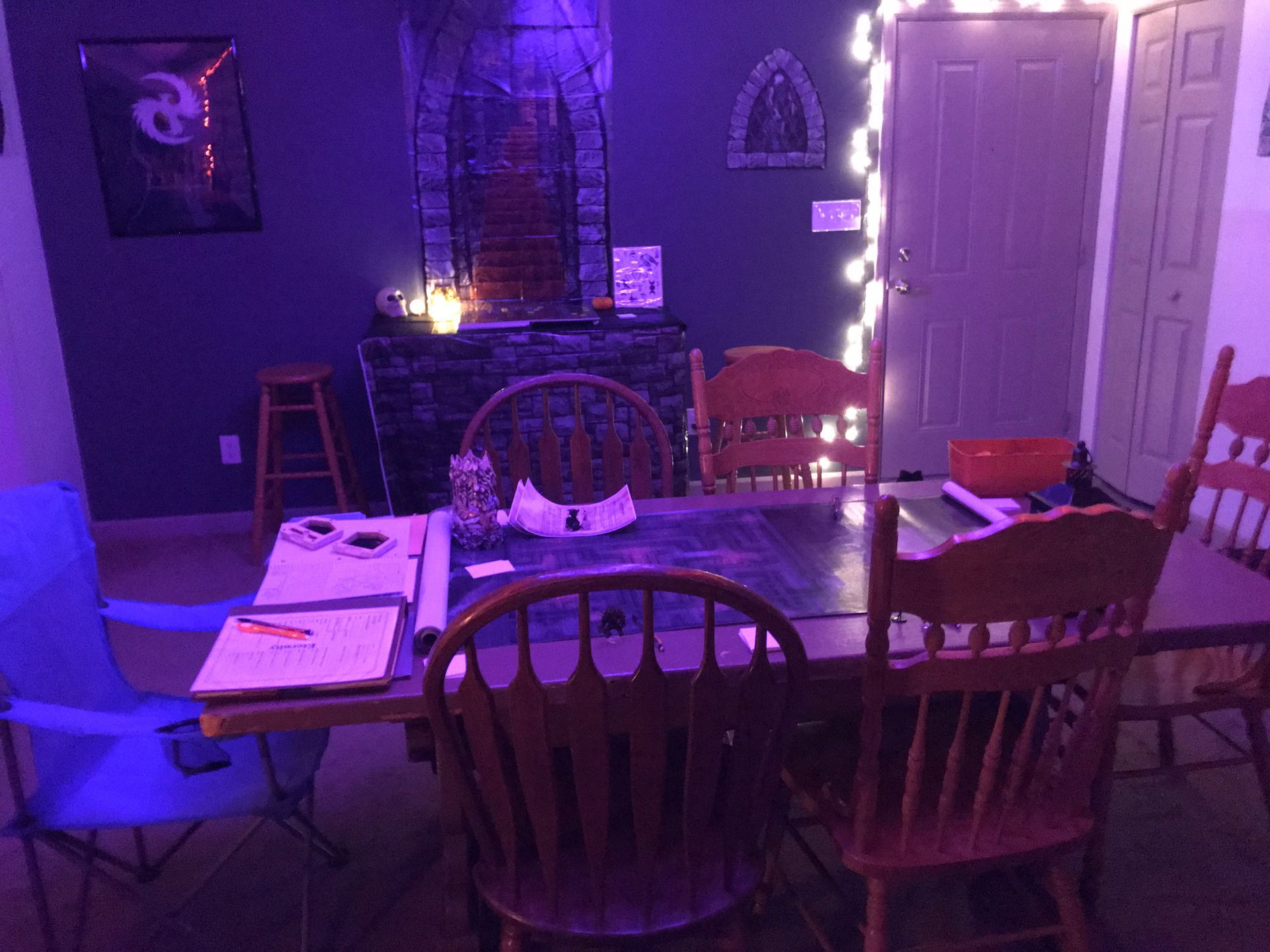
Cause Fear 5e Effects
According to Xanathar’s Guide to Everything, the Cause Fear spell “awakens the sense of mortality” in a targeted creature. When this spell is in effect, the target is placed in a Frightened condition.
The Frightened condition gives the target disadvantage on ability and attack rolls while the caster is nearby. The target is also not capable of moving closer to the caster of the effect, so long as Cause Fear remains in effect.
Unless the affected target succeeds on a Wisdom save, they remain in their Frightened condition for the duration of the spell. The affected creature can do a saving throw after the end of each of its turns. The Cause Fear spell could last a whole minute if the affected target is unsuccessful with their Wisdom throws, meaning that in a best-case scenario, they could be shut out from an entire combat encounter. Absolutely incredible.
What Classes Can Cast Cause Fear 5e?
This first-level Necromancy spell is exclusive to warlocks and wizards in D&D 5e.
Normally cause fear only affects one target. However, when casting, you can target more nearby enemies for each spell slot above level one. For example, you could target two additional creatures within 30 feet of your first target if you cast cause fear with a third-level spell slot.
Using Cause Fear in Combat Encounters
In most cases, wizards and warlocks typically cast Cause Fear during combat encounters. When it comes to combat, the Frightened condition in 5e is a strategic condition you can use to turn the tides in your favor.
The Cause Fear spell can deliver a significant competitive advantage during battles, as the Frightened creature has attack roll disadvantages. Couple the attack roll disadvantage with the fact that the feared target can’t move towards the spell’s caster, and you have the recipe for a possible win condition.
The biggest downsides to Cause Fear 5e is that the spell does not work on constructs or undead. It’s also a relatively easy spell to shake off, compared to Fear 5e, which only allows affected targets a continued Wisdom save while out of sight from the spell’s caster.
Using Cause Fear in Roleplay Encounters
Aside from its battleground advantage, you can use Cause Fear 5e in roleplay encounters or really almost any situation in an RPG campaign. Since the Frightened condition also bestows an ability check disadvantage, it can be used to prevent affected creatures from performing specific actions or overcoming obstacles. With Cause Fear 5e, the likelihood of dying from a fall, for example, is much more prevalent.
If your dungeon master allows it, you could use Cause Fear to sway negotiations, help with intimidation, or even sneak past guards who become suddenly and inexplicably incapacitated from fear.
Love Tabletop Gaming? Check Out Our Store
How to Optimize the Cause Fear 5e Spell
The Cause Fear 5e and similar Fear 5e spells are beneficial in various D&D gaming situations. From combat advantage to landscape control, this spell plays a critical role in the game. All you need is a basic understanding of the spell’s mechanics to learn how to use it to your advantage.
If you want to reap the full benefits of this spell, you need to be mindful and strategic about when and how to cast it:
- Keep your enemies close: since Frightened creatures have an attack disadvantage, keeping them close is an excellent strategy. If you excel in close range combat, minimize the distance between you and your target so they’re forced to fight you with an attack debuff.
- Break down a group of enemies: fright-inducing spells are also best for breaking down groups of enemies. You can use a high-level spell slot to target multiple enemies. Since there’s a slim chance that everyone makes a successful Wisdom throw, some of your enemies will be rendered useless in the fight. Oftentimes, reducing enemy numbers can be a major factor in preventing a complete TPK.
- Tag team with your allies: you can maximize the effects of your spell when you collaborate with your allies. Ask your team to help attack your feared target while you keep your distance, to minimize the enemy’s chances of making a successful counterattack.
- Force your enemies to waste turns: if your target creature decides to run away from your spell’s range, they could potentially lose two to three turns. This spell has a wide range of 60 feet, so they must run as far away from you as possible to avoid its effects. Honestly, whenever an enemy is wasting turns, you benefit tremendously. This scenario is almost always best-case for your cause.
- Don’t use other concentration spells: it’s basic D&D logic not to use another concentration spell if you’re already using one. So, make sure you don’t need other spells that require active concentration when you’re considering a Cause Fear cast. That way, you don’t accidentally cancel or end the current spell’s effects before completion.
When Not to Cast Fear 5e
As powerful as Cause Fear 5e and Fear 5e are, specific classes, traits, and other spells can counter its effects. Avoid using the Cause Fear and Fear 5e spells against the following classes and subclasses, as they all have some inherent resistance or counter to the effect:
- Barbarians (Path of Berserker)
- Bard
- Druid (Circle of the Land)
- Fighter
- Monk
- Paladin
- Rogue
- Warlock (The Fiend)
- Wizard (School of Divination)
Other subclasses could also resist the Frightened condition. However, the ones above are listed in the 5e Player’s Handbook, and are the most common challenges you’ll face for casting Fear spells.
Utilizing Fear to Bolster Your Allies
Since Cause Fear is a fright-based spell that could cause the target to have attack disadvantages, partnering up with a defensive and offensive class, such as paladins, fighters, and barbarians, are excellent combinations to exploit the spell’s effects. You can also team up with monks and rogues, as they can also deal significant damage.
Synergizing your cause fear spell with powerful ally attacks can cause you overwhelm your enemy, and win thorough victories.
Use Fear to Your Advantage
Cause Fear 5e is a potent spell in Dungeons & Dragons 5e when used with the right strategy. With its advantages on and off the battlefield, you can use it to drive your enemies away or go for a kill.
Remember that distance and positioning play a critical role in successfully using this spell. Use your knowledge and creativity to make the most of this spell, and you’ll be able to master it in no time.
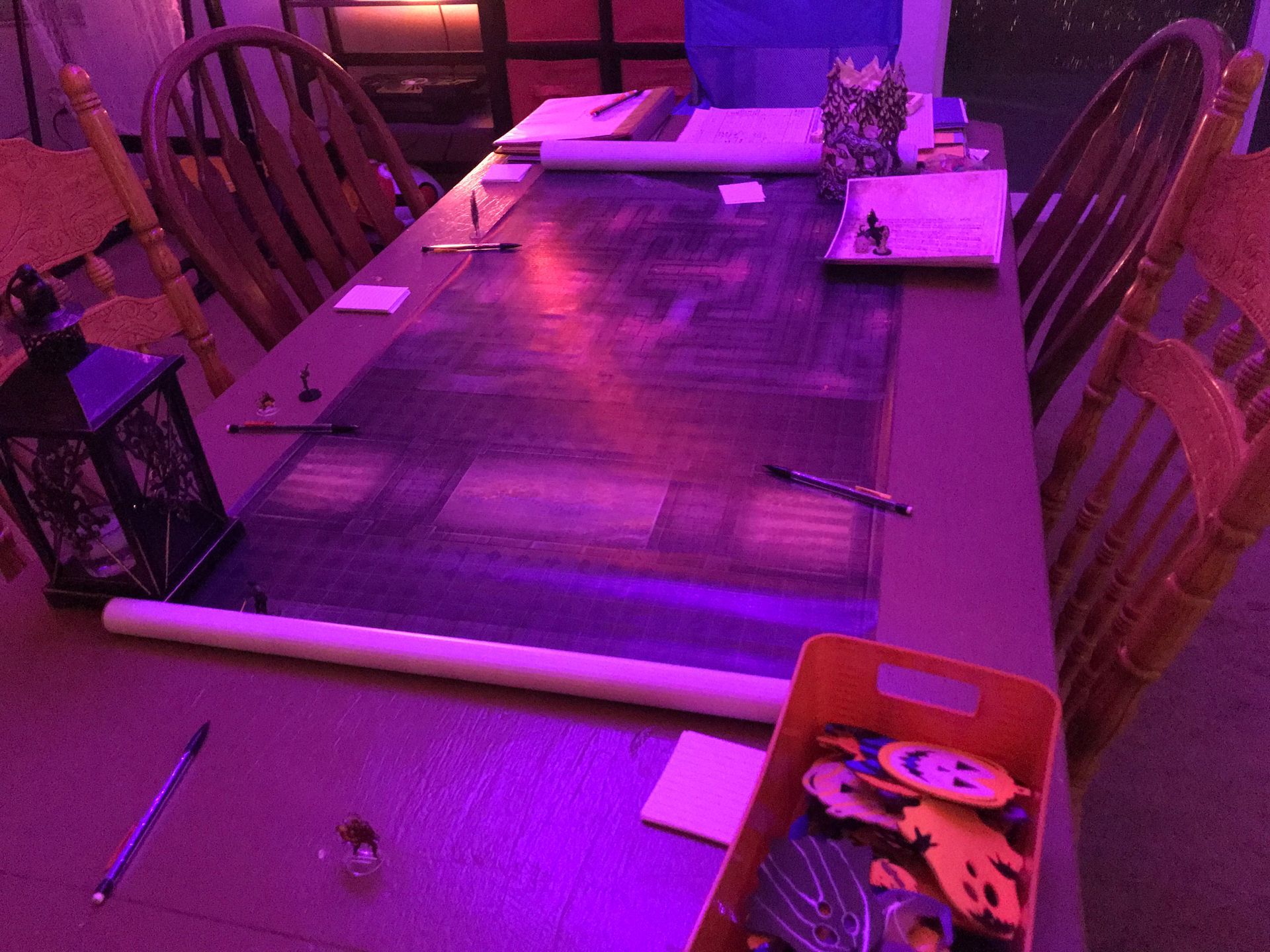
Cause Fear in D&D 5e vs. Eternity TTRPG
In D&D 5e, the Cause Fear and Fear spells give the target disadvantage on attack and ability rolls, and make it so that the target can’t move closer to the caster. This means that a Feared target can still attack someone who cast Fear upon them, just with a lowered hit chance.
In the Eternity TTRPG Game System, Feared targets can’t attack the caster of the spell/ user of the effect at all so long as there are other targets nearby who can be attacked. In Eternity TTRPG, fear is basically the opposite of a Taunt or provoke effect. Instead of only being able to attack one target, the recipient of the spell can’t attack one specified target.
Causing an enemy to be incapable of attacking someone of your choice for the spell’s duration is insanely powerful under the right circumstances. Imagine a scenario where an ally is about to die, but then the enemy attacking them gets Feared, and can no longer attack.
What Races and Classes in Eternity TTRPG can Cast Fear?
Sage (Core Rulebook) and Revenant/ Witch (Classes Expansion) are the only classes that receive Fear as a core class spell. Additionally, the Muse race has an empowered Fear-like racial power they can utilize, as well.
Other classes also have have specialization/ critical options that allow them to obtain Fear. These classes are the Dragon Knight, Paladin, Vampire Mage, and Vanguard.
In Eternity TTRPG, the ways that Fear functions with each class (and race) capable of casting it vary greatly:
Sage – Core Class Spell
Terrify (Magic): 4Range, Faith vs. Resilience, target becomes Afraid of any target of your choice for 3turns.
(Double-Hit): target becomes Afraid for an additional 3turns.
- (Darkness and Light) Also, up to 3 enemies in 4Range of your target, -7Faith vs. Will, deals 1light damage (deals 2damage to Shadow Aura units).
- (Secrets of the Ancient Tomes) +7Faith vs. Resilience, target becomes Afraid for 4turns. This critical cannot Double-Hit or give a Block.
- (Powers of the Eternals) 4Range, you also heal a target of your choice +1HP. This critical allows the target to heal 1HP above their normal max HP. This effect also Fatigues the target, giving lowered Resilience, Dodge, and Will for 1Day Duration (can stack without limit).
Revenant/ Witch – Core Class Spell
Waking Nightmare (Magic): weapon Range, Strike Bonus vs. Resilience or 4Range, Faith vs. Resilience. If this spell hits, every turn, on the target’s turn, roll d20. If you roll 6-20, target becomes Afraid of any target of your choice for 1turn.
(Double-Hit): also deals 1damage.
- (Grimly Fated) If this spell hits, it also deals 1damage.
- (Of the Dread Vale) +7Strike Bonus vs. Resilience, or +7Faith vs. Resilience. If this critical hits, every turn on the target’s turn, roll d20. If you roll 16-20, Daze for 1turn. This critical effect cannot Double-Hit or give a Block.
- (Witch’s Coven) If this spell hits, the target also has -3Resilience, -3Dodge, and -3Will on turns when they are Afraid.
Muse – Racial Power
Fey Charm (Magic): Instant Action. 4Range, Faith vs. Resilience, the target cannot attack you for 3turns. 1Day Recharge.
If you affect a target with “Fey Charm” for 3Days in a row, they become enthralled with you (perhaps even falling in love with you), and cannot attack you, for 1year.
(Double-Hit): 6turns.
Dragon Knight – Specialization/ Critical Option
Dragon Flight: the “Dragon” can fly, and can be ridden. While riding your “Dragon,” dragon knight and “Dragon” count as one unit when targeted by Area of Effect attacks, and cannot both be attacked. Mounting or dismounting is an Instant Action, but can only be performed on your turn. While riding, dragon knight and “Dragon” share move Actions, but can still each attack, separately.
While flying, the “Dragon” gains +1Speed, but both dragon knight and “Dragon” have -2Resilience, -2Dodge, and -2Will. Unlimited Duration.
- (Knight of the Blood Oath) Every turn, roll d20. If you roll 15-20, choose one enemy in 4Range, +7Faith vs. Resilience, causes them to be Afraid of any target of your choice for 1turn. This critical effect cannot Double-Hit or give a Block. You can instead choose to continually maintain this critical for 3Intelligence (and 0Wisdom).
Paladin – Specialization/ Critical Option
Light’s Wrath (Magic): 4Range, this spell automatically hits. Every time you or an ally attacks the target, roll d20. If you or your ally rolls 18-20, they heal +1HP. This spell also allows affected targets to heal 1HP above their normal max HP. You can only cause healing with this spell once per turn, per affected target. Healing from this effect also Fatigues affected allies, giving -1Resilience, -1Dodge, and -1Will for 1Day Duration (can stack without limit). A target can only be affected by one “Light’s Wrath” spell at a time. You can instead choose to continually maintain this spell as an aura for 2Intelligence, per target you want to cast at, making it an Instant Action at the start of every battle.
- (Self-Sacrificing) If you or an ally rolls 18-20, +7Strike Bonus vs. Resilience, or +7Faith vs. Will, the target of this spell is also Afraid of that target for 2turns. You can only cause Fear with this effect once per turn. You can instead choose to continually maintain this critical as an aura for 5Intelligence (and 0Wisdom), per target you want to cast at, making it an Instant Action at the start of every battle.
Vampire Mage – Specialization/ Critical Option
Bloodline (Magic): you permanently become a vampire. You permanently gain +3Intelligence but also permanently have -2Inspiration.
Undead do not need to eat, sleep, drink, or rest. They also take damage from all healing magic (except when healing from your own vampire mage spells). You can also still be healed as normal from healing items. Additionally, whenever taking shadow damage, you instead heal.
As a vampire, you can see in the dark and you are immune to all poisons and diseases. You can also only be in sunlight so long as all of your skin is covered so the sun does not touch it. When you bite a humanoid, you may turn them into a “sanguis,” a mindless vampire. True vampires such as yourself, however, can only be created through this spell. Once this spell is chosen it becomes a passive effect, always active, and cannot be dispelled.
- (Vampire’s Coven) Every turn, roll d20. If you roll 15-20, choose one enemy in 4Range, +7Faith vs. Resilience, causes them to be Afraid of any target of your choice for 1turn. This critical effect cannot Double-Hit or give a Block. You can instead choose to continually maintain this critical for 3Intelligence (and 0Wisdom).
Vanguard – Specialization/ Critical Option
Piercing Strike: weapon Range, +3Strike Bonus vs. Dodge, deals 1damage. You have
-3Resilience, -3Dodge, and -3Will for 1turn.
(Double-Hit): deals 2damage.
- (Shock Troop) If this ability hits, +7Strike Bonus vs. Resilience, the target is also Afraid of you for 2turns. This critical effect cannot Double-Hit or give a Block.
Interested in the Eternity TTRPG Game System?
If you're curious about trying out a new TTRPG, check out the Eternity TTRPG Game System where you can learn more about how the game's played, races, classes, and a host of resources for getting started. As you can probably tell, the Fear effect is just one small part of this massive game.
Already interested, based on what you've read? Pick up an inexpensive PDF copy of the Eternity TTRPG Game System at the Eternity TTRPG shop. Eternity is a growing website and gaming company, so your support is greatly appreciated!
Dice, Dungeons, Games & More - Eternity TTRPG
Share This Article

Author - Jacob Tegtman
Dear reader, I hope you enjoyed this article. Tabletop gaming has been a passion of mine since I was 6 years old. I've played just about every game from Dungeons and Dragons to video games like Final Fantasy. These games have inspired me, made me laugh, made me cry, and brought me endless hours of enjoyment.
I started Eternity TTRPG - and the indie tabletop game that goes along with it (Eternity Shop) - to share my love of gaming with others. I believe that in our technology-driven age, tabletop games help bring a sense of magic and community back into our world.
If you love the site, please share it with others! I have lots of gaming-related material for you to peruse and use in your own gaming sessions. If you have any questions about the site or want to contribute, just send me a message using the "Contact" page, which you can find in the site's footer.
